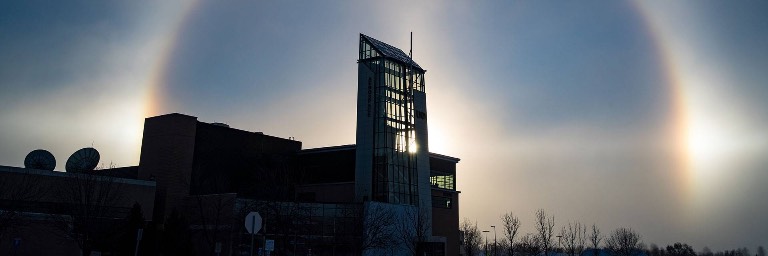Atmospheric Sciences Ph.D.
Gain deep expertise in atmospheric sciences and lead the way in tackling the challenges of understanding and predicting our atmosphere.
Advance your education and talent to the highest level. Our comprehensive curriculum will prepare you for a leadership role in research, private industry or teaching in a university setting.
- Program type:
- Doctoral Degree
- Format:
- On Campus
- Est. time to complete:
- 4 years
- Credit hours:
- 60
Why earn a Ph.D. in atmospheric science?
Atmospheric Sciences Ph.D. at UND
-
Enhance your analytical, technical and communication skills through research and course work.
-
Develop the ability to carry out independent and original scientific research.
-
Explore the theoretical, experimental and technological foundations of the field.
-
Prepare for leadership roles in research and education.
-
Study at a Carnegie R1 Institution ranked #144 by the NSF. In 2025, just 187 American universities held the R1 status.
-
Conduct research using our instrumentation and high-performance computing resources.
